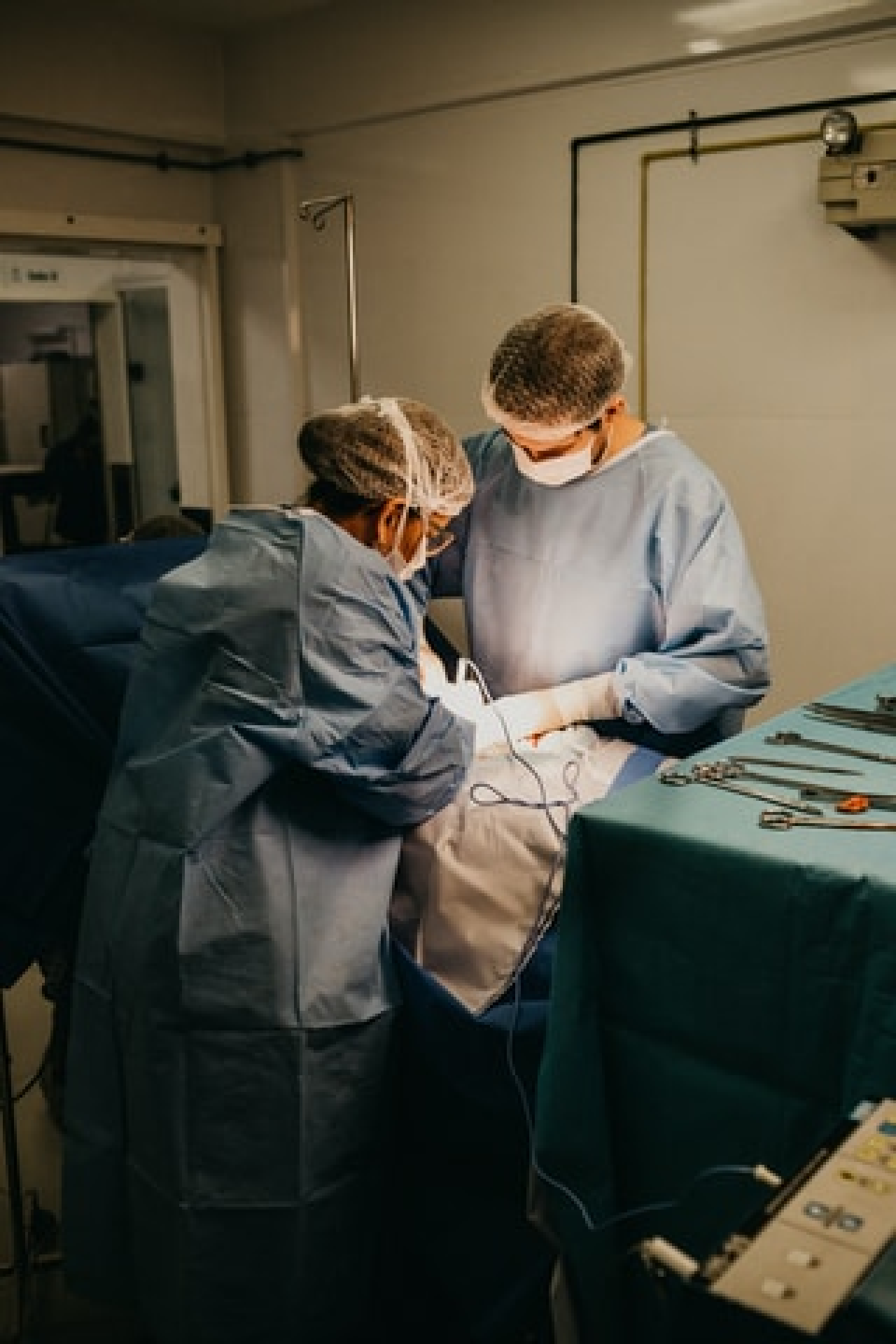
About us
Patient Information
Get the Right Care

Did you know we have a support group?
Your questions and concerns have most likely been asked and answered in our support group. Moderated by our dietitian's, nurses, and staff. We provide you with reliable patient education and resources to help you throughout this life-changing process.
How Long Does Gastric Band Surgery Take?
Deciding to go through with a restrictive weight-loss surgery is a major step forward for people who want to get their weight under control and improve their health.
However, as it is with any life-changing procedure, it's completely normal to have many questions about what to expect, how long gastric band surgery will take, and what will follow afterwards.
This short guide will answer some of the most common questions people have about gastric band surgery so you can make an informed decision about whether or not it is the right option for you.
In the world of bariatric surgery, the three most commonly performed procedures are gastric band, sleeve gastrectomy and vertical banded gastroplasty surgeries. Each of these options have the same goal - to help you lose weight and keep it off - but they go about them in slightly different ways.
Often referred to as a lap band surgery, a gastric band surgery is minimally invasive, reversible and adjustable. This bariatric procedure reduces the size of the stomach to limit food intake. By using an inflatable band to constrict the stomach, this procedure makes people feel fuller after consuming less food. The resulting changes to the eating habits of patients helps them initiate dramatic weight loss.
In a lap band procedure, the surgeon will use laparoscopic techniques (which involve using small instruments inserted through small incisions, guided by a camera) to place an adjustable band around the stomach. This band is adjustable, thanks to a tube that runs from the band to a small control device placed under the skin.
Using this device, a saline solution (sterile salt water) can be injected into, or removed from, the adjustable band so it can be tightened or loosened. This flexibility helps doctors reduce side effects and make losing weight easier for their patients.
In this procedure a major portion of the stomach is removed, leaving behind a thin "sleeve." Because it involves the removal of part of the stomach, this procedure is not reversible. It can be performed through either an open procedure via a large incision or laparoscopically by using several small incisions. In either case, recovery takes anywhere from 4 to 6 weeks, and patients report high rates of success and low rates of complications.
This type of surgery combines the techniques used to reduce and restrict the stomach. It places a plastic band around the stomach, and the surgeon creates a stomach pouch by stapling around the upper part of the stomach. In recent years, bariatric surgery specialists have found that this procedure is less effective than other options and has a higher rate of complications, so this procedure is becoming increasingly rare.
Lap band procedures are quickly becoming one of the most popular bariatric surgery options because they offer more upside and less downside than other kinds of weight loss surgery.
The advantages of a laparoscopic gastric banding procedure include:
Greatly improved long-term weight loss outcomes
Shortened recovery time and reduced pain
Lower chance of complications, like infections and hernias
No loss of nutrient absorption
Reducing risks for weight-related health problems, like diabetes and high blood pressure
Lap bands can be adjusted without additional surgery
Lap bands can be easily and safely removed
Lap band adjustability allows doctors much greater control over how food flows through the stomach, which greatly facilitates weight loss
On average, someone with a lap band will lose between 40 and 60 percent of their excess weight over time, but these results vary significantly from person to person.
Before you are cleared for a weight loss surgery like the gastric band process, you will need to go through a full battery of tests, potentially including blood work, and cardiac or pulmonary testing, to make sure your body is ready.
Also, a sleep study could be required if you suffer from, or at high risk for, obstructive sleep apnea. In the weeks leading up to the procedure, your doctor might give you a low-calorie diet to follow in order to reduce the size of your liver and facilitate the surgery.
Lap banding procedures are carried out under general anesthesia and generally performed in outpatient clinics. Thanks to modern and minimally invasive laparoscopic techniques, they are completed quite quickly, usually only taking about 60 minutes.
In most cases, people can resume normal activities within a few days, but it is recommended to plan for a one-week recovery.
Food intake must be restricted immediately following the procedure, so, for the first few days, your diet will be limited to water and other fluids. After about 4 weeks, thicker liquids and blended foods can be introduced, with soft food following shortly thereafter. After roughly six weeks, people can resume eating normally.